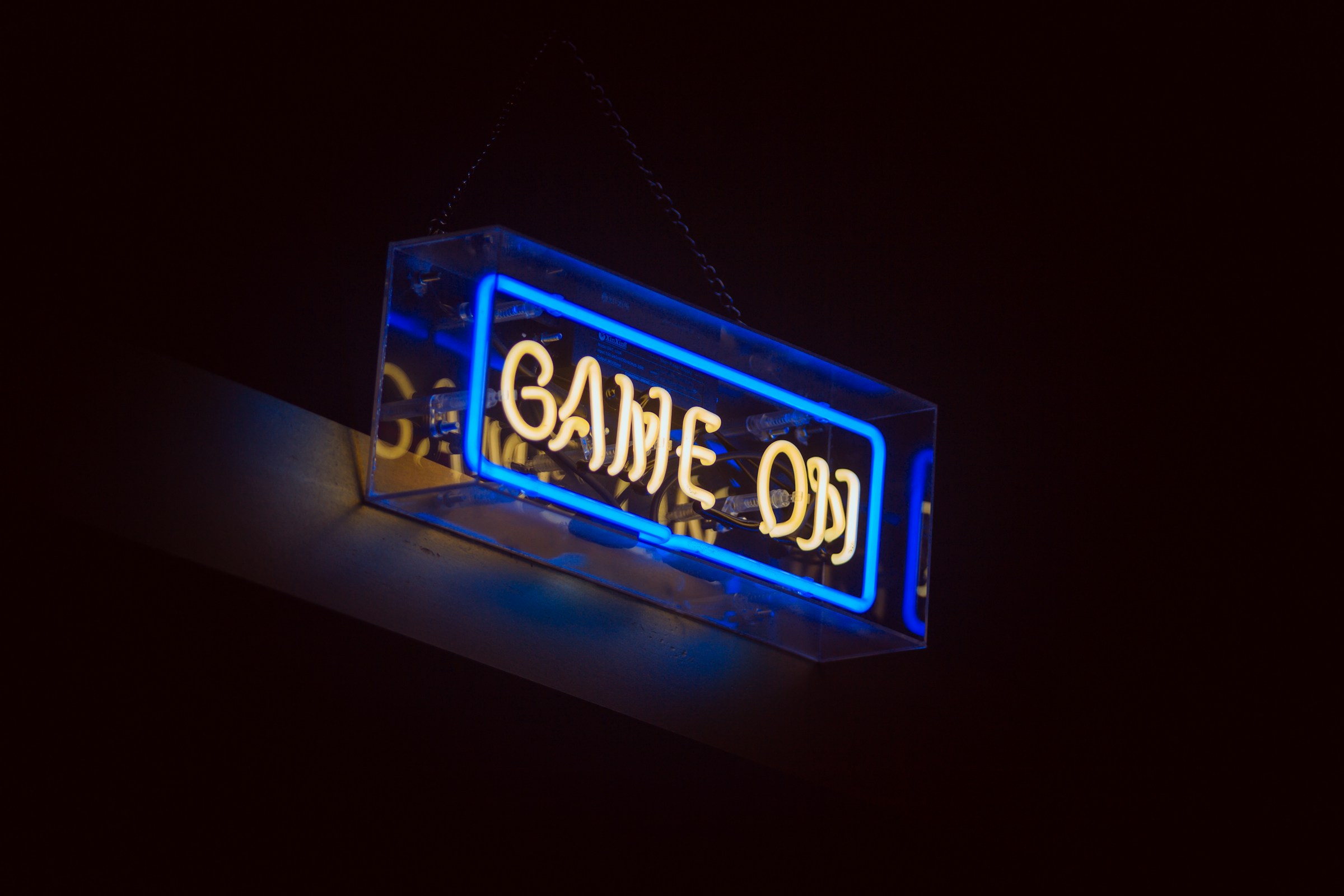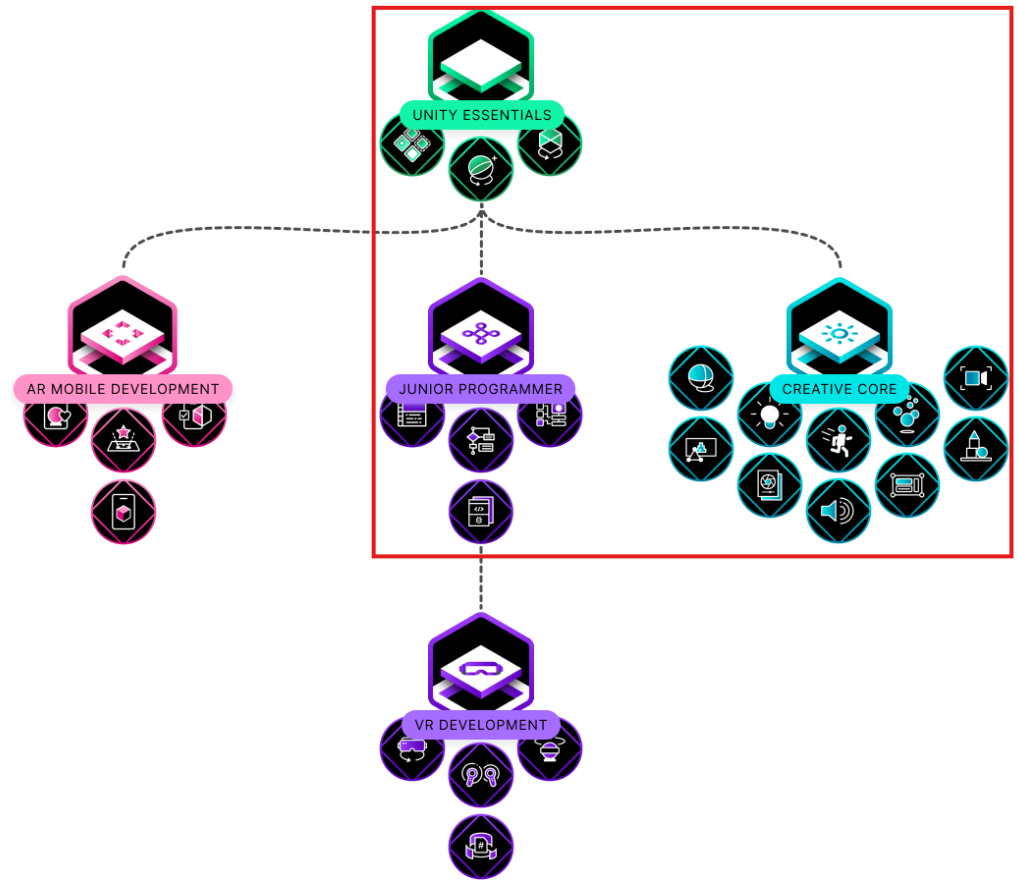
My Plan to Learn Game Development — Fast
A fast-track roadmap for learning game development using Unity. Follow my journey as a seasoned C# developer diving into 2D game creation, game jams, and graphics programming — with practical tips, tools, and devlog insights.
Jeremy Evans
This is the plan I’ve put together to get up to speed with game development as efficiently as possible. It won’t be a one-size-fits-all approach becuase everyone’s background is different. I’ve been working professionally with C# for over a decade, so I’m leaning into that experience. If you’re coming from a different place, feel free to adapt the structure to fit your own journey.

Phase 1: Build a Solid Foundation (1–3 Months)
- Work through Unity Learn: Unity Essentials, Junior Programmer, and Creative Core pathways
- Build one small 2D game each month — think Pong, platformers, or simple arcade mechanics
- Fill in gaps with YouTube tutorials (Brackeys, CodeMonkey) and articles from quick Google searches
- Write devlogs and learning updates right here to track progress and reflect
I’m starting with Unity because I want a strong grasp of the engine itself. While I’m fluent in C#, understanding how Unity organizes its components, handles events, and renders scenes is key. I may experiment with 3D later, but I’m sticking with 2D early on to get familiar with the workflow. The Creative Core track also covers shaders, lighting, and post-processing. All things that come in handy down the line.
Phase 2: Game Jams & Portfolio Building
- Join at least two major game jams (Ludum Dare, GMTK Game Jam, etc.)
- Use jam entries + one polished side project to showcase new skills
- Join a few Unity and indie dev Discord communities for honest feedback and connection
The goal here is repetition and feedback. The more I create, the more I learn, especially when I push myself under time constraints. But more importantly, I want feedback from devs who are further along. Having fresh eyes on your work can highlight issues or techniques you’d never think of on your own.
Phase 3: Graphics Programming & Low-Level Learning
- Brush up on C++ using books from my collection
- Work through LearnOpenGL.com to understand the graphics pipeline
- Once I’ve got a strong foundation, loop back to Phase 2 with a deeper technical toolkit
Unity is powerful, but I’ve always had the mindset of a builder. I want to eventually understand the systems under the hood like shaders, buffers, rendering, the whole graphics pipeline. That’s why I’m carving out time to learn graphics programming. Long-term, I’d love to build a game (or even a lightweight engine) completely from scratch; just to say I did it.
Why I’m Documenting This
Writing about this journey helps me stay accountable and reflect on what I’m learning; the good, the confusing, and everything in between. If you’re on a similar path, I hope this gives you something useful to riff on. I’ll be posting regular updates as I go including devlogs, things I’ve learned, maybe even some playable prototypes. Stay tuned.